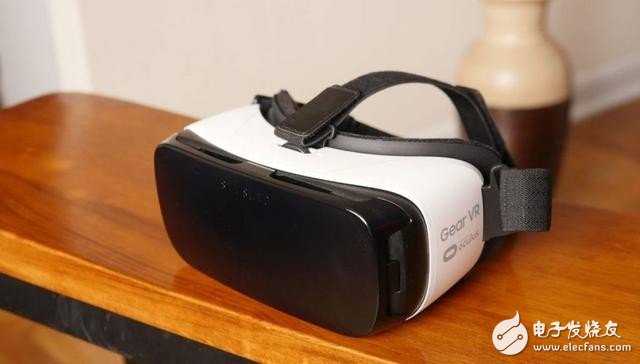Now the first generation of virtual reality technology has begun to mature, and many manufacturers are beginning to focus on the next generation of technology. Recently, a patent filed by Samsung in May last year was approved, and on this patent we will see some new technologies and ideas that may emerge in the next generation of Gear VR.
According to the patent document, the new generation of Gear VR will be equipped with tracking and facial recognition functions in addition to position tracking sensors in 3D space. It will enable the next-generation Gear VR to interact and control with the virtual environment without the need for a controller, rather than sitting still in place as it is now. At the same time, Gear VR's physical position tracking technology will be implemented by LED lights and external cameras, and can also monitor the user's line of sight and face changes through the Gear VR internal camera.

It's unclear what role the facial expression recognition feature described in this patent will play, perhaps to make virtual social media interactions more realistic. On the other hand, the tracking function of the user's eyeball may be more useful, because this technology can only deal with the environment picture in front of the user's line of sight and reduce the burden on the mobile device GPU, reducing the limiting factor of the mobile VR headset.
Samsung Gear VR icon:An important shortcoming of the existing Gear VR is that there is no location tracking function, Samsung's move just makes up for the shortcomings. The full name of this patent is "image processing of head-mounted display devices."

Patent documents show that Samsung plans to use an external camera to achieve positioning and facial expression tracking.

The Gear VR device will use a variety of sensors to simulate the user's facial expressions. The face model thus created can make the social interaction in the VR context more personalized.


The Gear VR device will be equipped with a large number of sensors, where the electro-oculogram and infrared sensors will track the facial activity covered by the eye and the device.
Of course, Samsung's application for this patent does not mean that it will be used in the next generation of Gear VR, but it still tells us about the future direction of Samsung's next-generation virtual reality technology. But for users, if you really see a new generation of Gear VR with facial and eye tracking at some point in 2017, that's a good thing.
Optical fiber jumpers are used to make jumpers from equipment to optical fiber cabling links. There is a thicker protective layer, which is generally used in the connection between the optical transceiver and the terminal box, and is used in some fields such as optical fiber communication systems, optical fiber access networks, optical fiber data transmission, and local area networks.
Fiber Patch Cord,Fiber Optic Patch Cable,Fiber Patch Cables,Fiber Optic Patch Cord
Nanjing Jisu Shitong Technology Co., Ltd , https://www.netairs.com